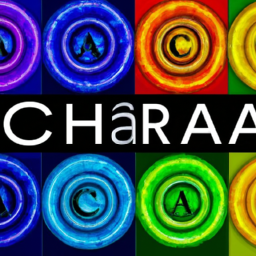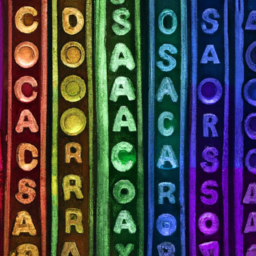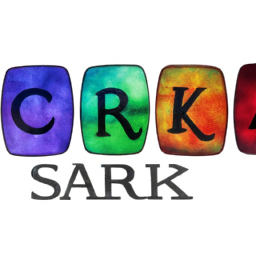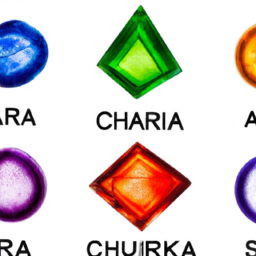
The concept of chakras has become a popular topic in today’s society, with many people practicing yoga, meditation, and energy work to balance and align these invisible energy centers in the body. But have you ever wondered when chakras were first discovered and how they came to be known to the world?
The Origin of Chakras
The word “chakra” originates from the Sanskrit language, an ancient language of India. It translates to “wheel” or “circle,” representing the circular shape of these energy centers. It is believed that chakras were first mentioned in the Vedas, which are ancient Hindu scriptures dating back to 1500 BC.
The Vedas describe chakras as energy points in the body that are responsible for the flow of prana, or life force energy. Each chakra is associated with a specific organ or gland in the body and has its own unique color, symbol, and function.
However, it wasn’t until much later in history that chakras gained recognition and popularity in the West.
The Discovery of Chakras in the West
The first recorded mention of chakras in the Western world dates back to the late 19th century when Sir John Woodroffe, a British Orientalist and scholar of Indian philosophy and religion, wrote the book “The Serpent Power.” Woodroffe delved into the concept of chakras and their importance in the practice of hatha yoga.
But it was not until the 1920s that chakras gained widespread recognition in the West, thanks to the work of Swiss Theosophist and philosopher, Carl Jung. He believed that chakras were not just energy centers but also represented psychological states and emotions. This concept gained popularity and has been incorporated into many modern forms of psychology and therapy.
Another influential figure in bringing chakras to the Western world was Indian philosopher and spiritual leader, Jiddu Krishnamurti. In the 1930s, he talked extensively about chakras in his lectures and books, making them more accessible to a wider audience.
The Impact of Chakras in Modern Society
Since their introduction to the Western world, chakras have gained a massive following and have become an integral part of many spiritual and healing practices. They are now widely recognized in various fields such as yoga, meditation, Reiki, and even mainstream medicine.
Chakras are believed to affect our physical, mental, emotional, and spiritual well-being, and balancing them can lead to overall harmony and vitality. Many people use chakra balancing techniques to alleviate stress, anxiety, and other health issues.
Moreover, the understanding of chakras has also evolved over time, with new and innovative practices emerging to balance and activate these energy centers. This has led to a deeper exploration of the mind-body connection and the power of our inner energies.
In Conclusion
Chakras have a rich history dating back to ancient India, and their discovery has had a significant impact on modern society. From their origins in the Vedas, to their integration into various fields and practices, chakras continue to inspire and guide many on their spiritual and healing journey.
So the next time you balance your chakras, take a moment to reflect on the centuries of wisdom and knowledge that have made this practice possible.





Fascinating!
EmilyHansen: Absolutely!
#Interesting – It’s amazing how something that has existed since ancient times has only recently been brought to our modern attention!
Definitely! Very cool topic!